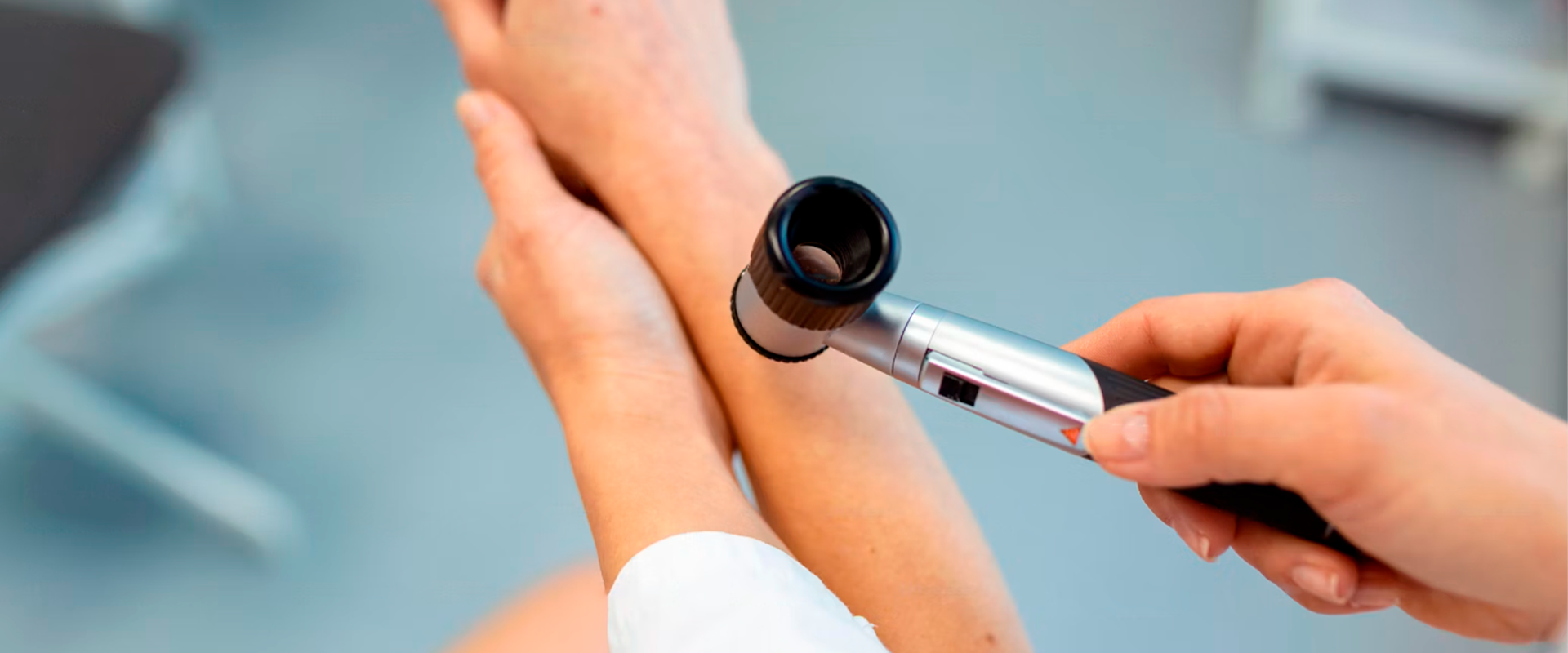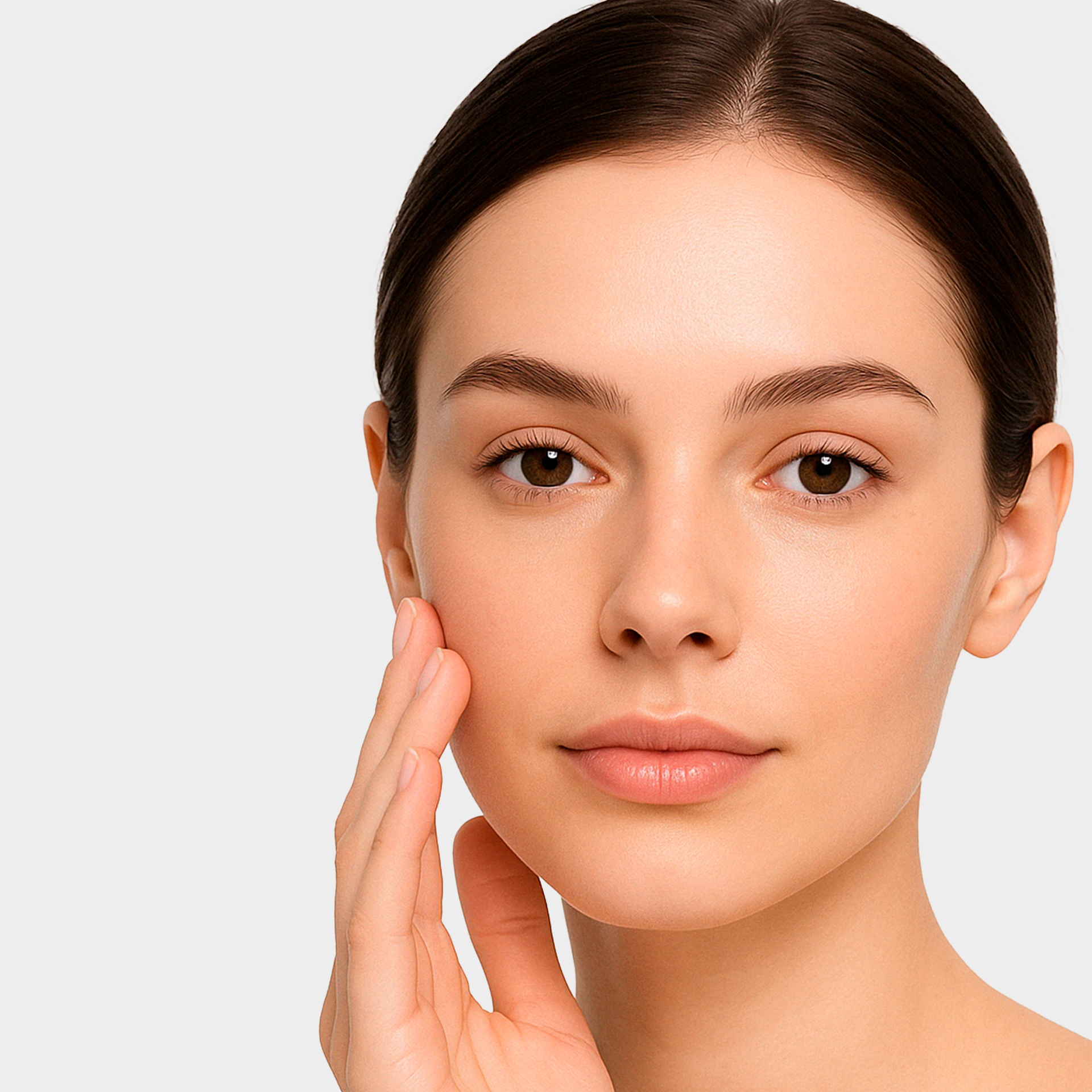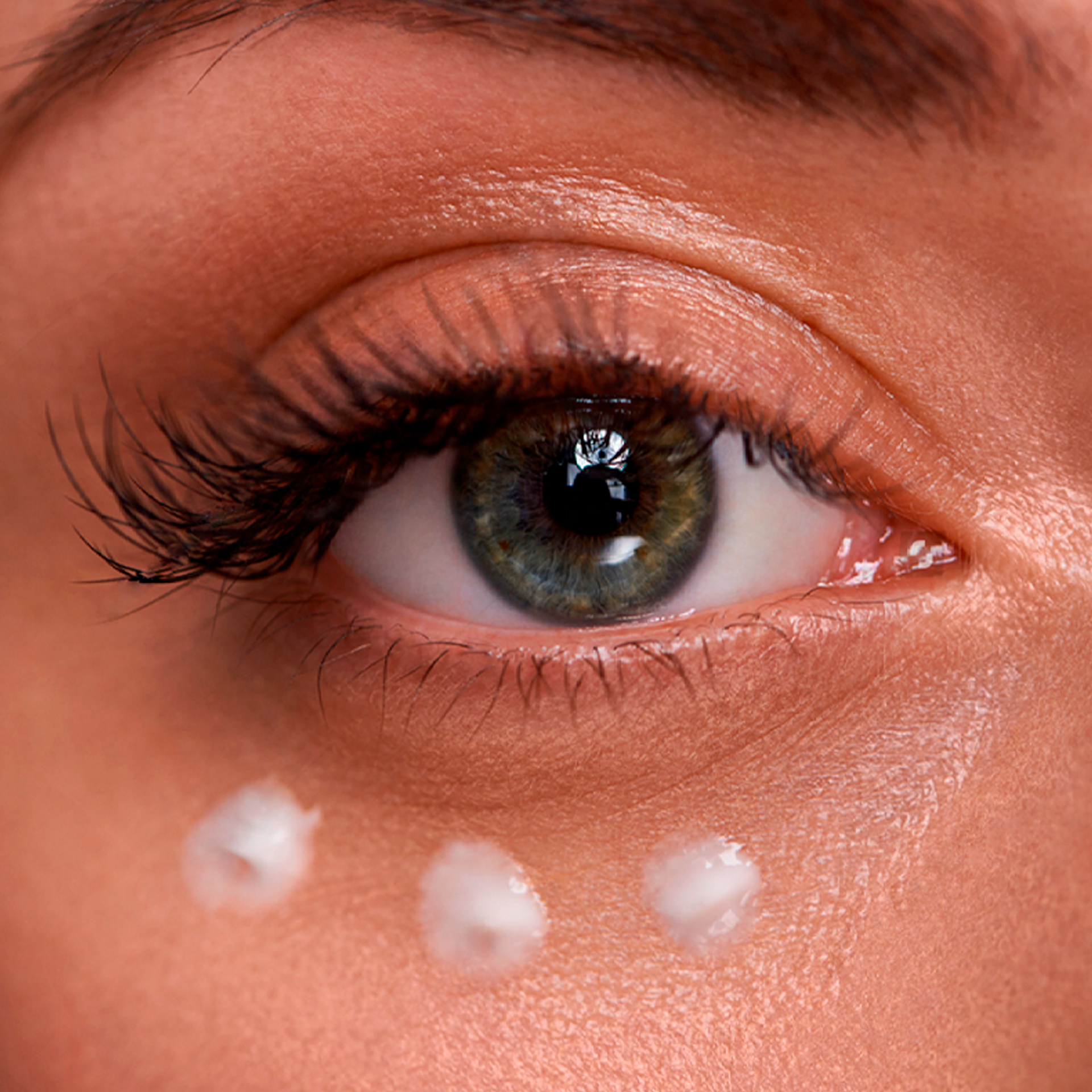Understanding how to detect melanoma is key to early treatment and prevention. Discover practical tips like monthly skin checks, the ABCDE rule, and how to protect your skin from harmful UV rays.
How to detect melanoma?
-
Check your skin regularly
It is important to examine your skin regularly, preferably once a month. Look for any new moles or growths on your skin and keep an eye on any existing moles or freckles. Use a mirror to check hard-to-see areas like your back and scalp.
-
Know the ABCDEs of melanoma
This acronym can help you remember what to look for when examining your skin. A is for asymmetry, meaning one half of the mole looks different from the other half. B is for border irregularity, meaning the edges of the mole are not smooth. C is for colour variation, meaning the mole has different shades of brown, black, or tan. D is for diameter, meaning the mole is larger than 6mm (about the size of a pencil eraser). E is for evolving, meaning the mole is changing in size, shape, or colour.
-
See a dermatologist
If you notice any changes in your skin or have concerns about a mole or growth, see a dermatologist. They can perform a skin exam and biopsy if necessary.
-
Use technology
There are now apps available that use artificial intelligence to analyse photos of moles and provide feedback on whether they appear suspicious. However, these apps should not replace regular skin exams by a dermatologist.
How to prevent it?
Protecting your skin from UV rays is essential in preventing melanoma. Here are some ways to protect your skin:
-
Wear sunscreen
-
Seek shade
Stay in the shade during peak sun hours (10am-4pm) when UV rays are strongest.
-
Cover up
Wear protective clothing like long-sleeved shirts, pants, and hats with wide brims.
Conclussion
In conclusion, detecting melanoma early is crucial for successful treatment and survival rates. Regularly checking your skin for changes and seeing a dermatologist if needed can help detect melanomas early. But as they say, it’s better to prevent than to cure.
Sources
- American Academy of Dermatology Association. (n.d.). How to spot skin cancer.
Retrieved from: https://www.aad.org/public/diseases/skin-cancer/find/at-risk - Skin Cancer Foundation. (n.d.). The ABCDEs of melanoma.
Retrieved from: https://www.skincancer.org/skin-cancer-information/melanoma/melanoma-warning-signs-and-images/ - Mayo Clinic. (n.d.). Melanoma: Symptoms and causes.
Retrieved from: https://www.mayoclinic.org/diseases-conditions/melanoma/symptoms-causes/syc-20374884 - Cleveland Clinic. (n.d.). Skin cancer (melanoma) prevention and detection.
Retrieved from: https://my.clevelandclinic.org/health/diseases/10988-melanoma - Healthline. (n.d.). How to prevent skin cancer.
Retrieved from: https://www.healthline.com/health/skin-cancer-prevention - md:ceuticals. (n.d.). 3D Moisturizing Sunscreen Protection SPF50+.
Retrieved from: https://www.mdceuticals.com










































































